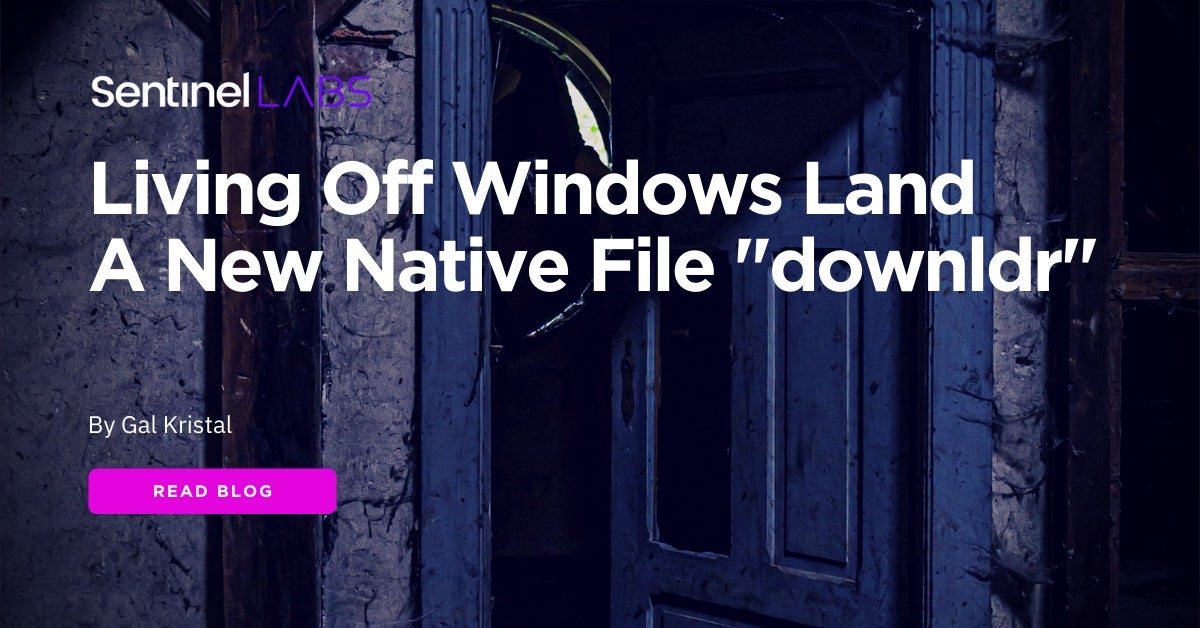- Nov 10, 2017
- 3,250
A binary in Windows 10 responsible for setting an image for the desktop and lock screen can help attackers download malware on a compromised system without raising the alarm.
Known as living-of-the-land binaries (LoLBins), these files come with the operating system and have a legitimate purpose. Attackers of all colors are abusing them in post-exploitation phases to hide malicious activity.
The new LoL in the Bin
An attacker can use LoLBins to download and install malware, bypass security controls such as UAC or WDAC. Typically, the attack involves fileless malware and reputable cloud services.

Windows 10 background image tool can be abused to download malware
A binary in Windows 10 responsible for setting an image for the desktop and lock screen can help attackers download malware on a compromised system without raising the alarm.

